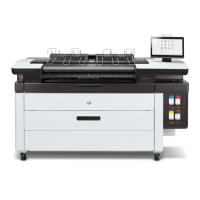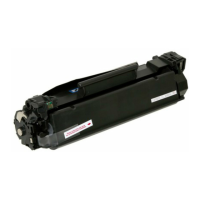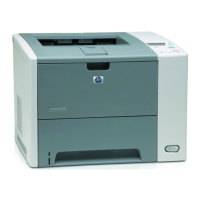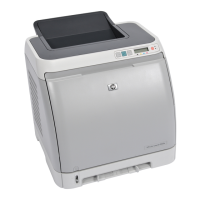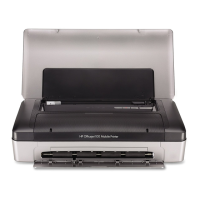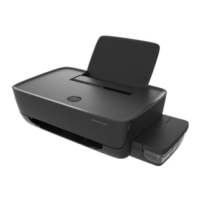EN Transfer Raster Data Command 15-29
Transfer Raster Data Command
The Transfer Raster Data command is used to transfer a row of raster
data to the printer.
E
C
* b # W [raster data]
Default = N/A
Range = 0 - 32767
The value field (#) identifies the number of bytes in the raster row.
These bytes are interpreted as one row of raster graphics data that
is printed at the current Y position at the left raster graphics margin.
Upon completion of this command, the cursor position is at the
beginning of the next raster row at the left raster graphics margin.
Within the raster data, each bit describes a single dot. The most
significant bit (bit 7 is the most significant, bit 0 is the least significant)
of the first byte of data corresponds to the first dot within the row. If a
bit is set to 1, the corresponding dot is printed. Each dot of the raster
data is expanded according to the specified raster resolution.
Raster graphics is independent of the text area and perforation skip
mode – these boundaries are ignored.
Raster graphic images, raster height, and raster width are limited to
the printable area; images that extend beyond the printable area are
clipped.
Note The byte count of the value field in the Transfer Raster Data
command has precedence over the literal or the command byte,
byte count. For example, the command,
E
C
*b2m3W [binary data]
sets compression method=2 and sends 3 bytes of raster data for the
row. Suppose the binary data appears as follows:
00000010 00000001 00000001 00000001
The control (first) byte value of +2 indicates that 3 bytes of literal
(unencoded) raster data will follow. The Transfer Raster Data
command, however, specified only three bytes total (including the
control byte) in the raster row. The control byte and the following two
data bytes are read, and the remaining data byte is ignored.
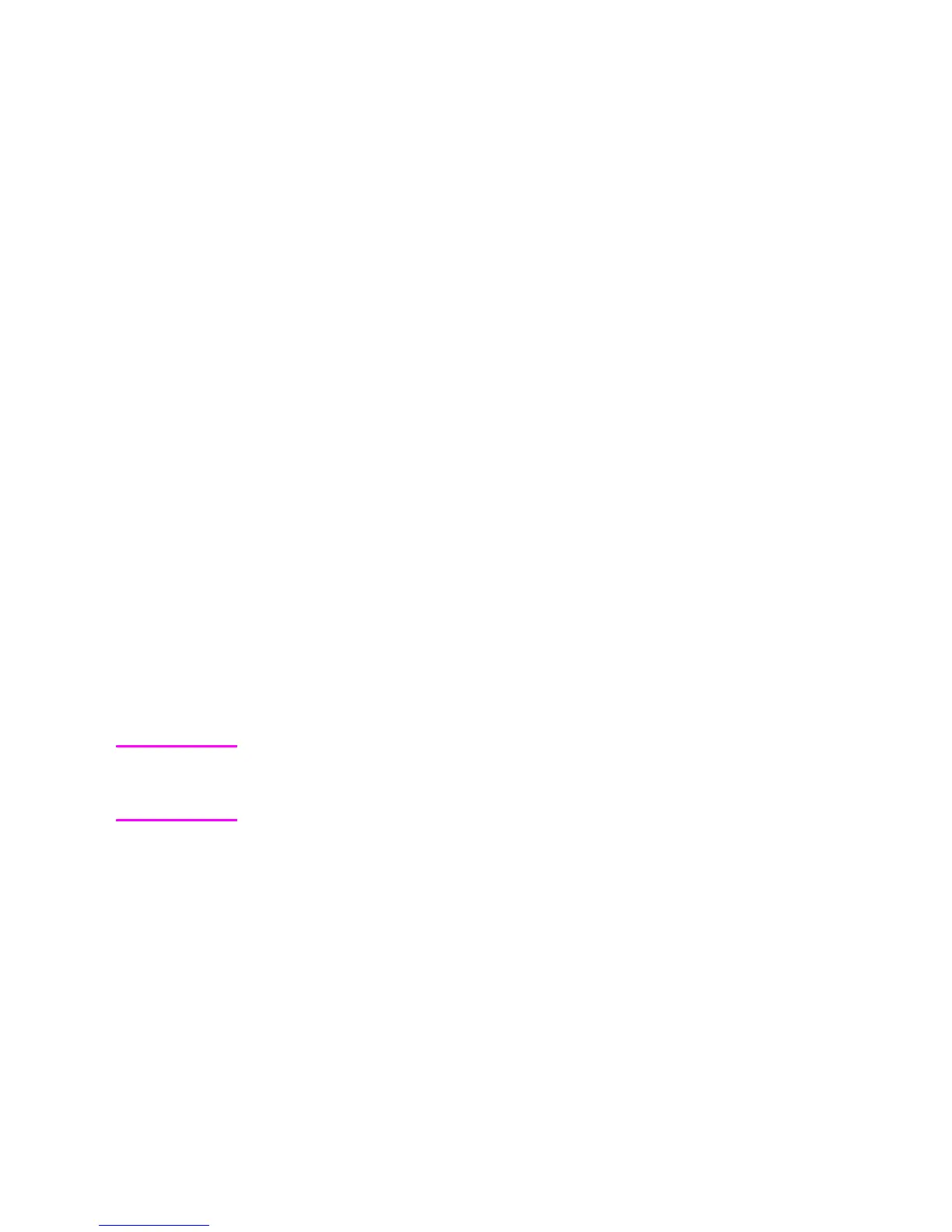